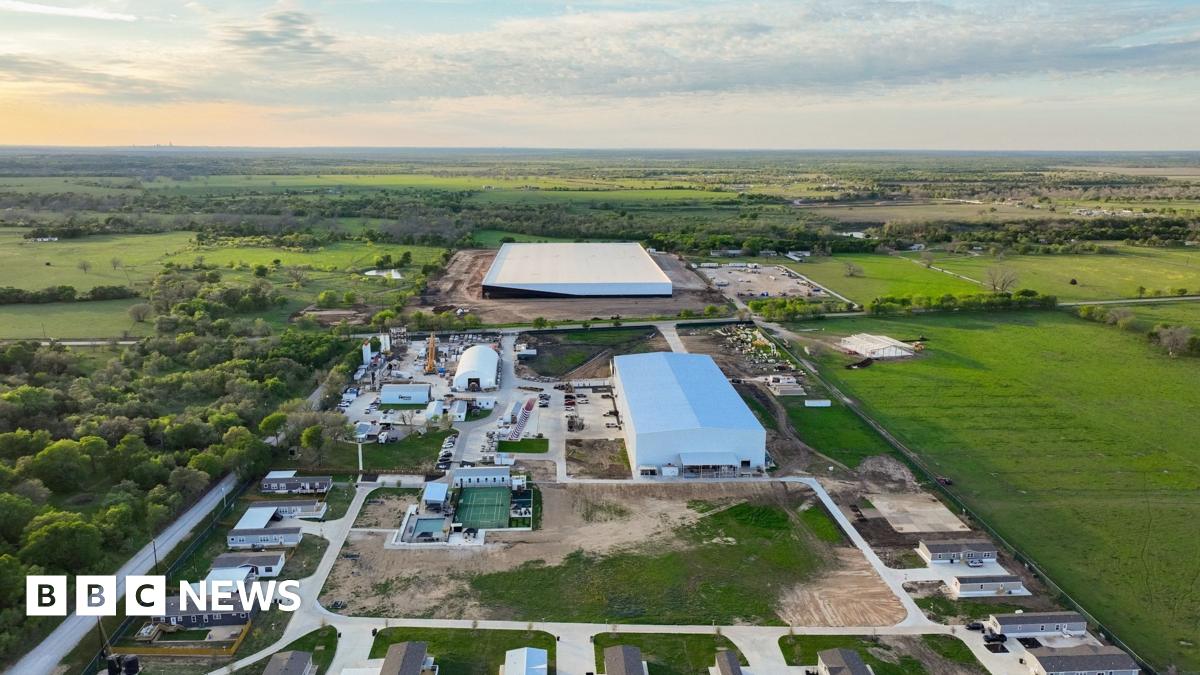Santorini Volcano: Investigating The Clues To Its Next Eruption

Welcome to your ultimate source for breaking news, trending updates, and in-depth stories from around the world. Whether it's politics, technology, entertainment, sports, or lifestyle, we bring you real-time updates that keep you informed and ahead of the curve.
Our team works tirelessly to ensure you never miss a moment. From the latest developments in global events to the most talked-about topics on social media, our news platform is designed to deliver accurate and timely information, all in one place.
Stay in the know and join thousands of readers who trust us for reliable, up-to-date content. Explore our expertly curated articles and dive deeper into the stories that matter to you. Visit Best Website now and be part of the conversation. Don't miss out on the headlines that shape our world!
Table of Contents
Santorini Volcano: Investigating the Clues to its Next Eruption
Santorini, the iconic Greek island famed for its breathtaking sunsets and white-washed villages, sits atop a restless giant: a caldera volcano with a history of cataclysmic eruptions. While the island currently enjoys a period of relative calm, scientists are diligently monitoring the volcano, searching for clues that might predict its next eruption. Understanding the volcano's behavior is crucial not only for the safety of the thousands who live on and visit Santorini, but also for advancing our understanding of volcanic processes globally.
A History of Explosive Power:
Santorini's most famous eruption occurred around 1600 BC, an event so powerful it's believed to have inspired the legend of Atlantis. This Minoan eruption ejected an estimated 60 cubic kilometers of magma, causing a massive tsunami and devastating the Minoan civilization on Crete. The eruption dramatically reshaped the island, creating the caldera – a large, crater-like basin – that defines Santorini's unique landscape today. Subsequent, smaller eruptions have occurred throughout history, shaping the island's geology and reminding us of the volcano's persistent threat.
Modern Monitoring Techniques:
Today, sophisticated monitoring techniques are employed to track the volcano's activity. Scientists from the National Observatory of Athens, amongst others, utilize a range of tools including:
- Seismic monitoring: Detecting subtle tremors and changes in seismic activity, indicative of magma movement beneath the surface.
- GPS measurements: Tracking ground deformation, providing insights into the inflation or deflation of the magma chamber.
- Gas emissions monitoring: Analyzing the composition and quantity of gases released from vents and fumaroles, a key indicator of volcanic unrest.
- Geochemical analysis: Studying the chemical composition of volcanic rocks and gases to understand the magma's evolution and potential for eruption.
Interpreting the Signs:
While the current level of activity doesn't suggest an imminent eruption, scientists carefully analyze the data to identify any patterns or anomalies that might indicate a change in the volcano's behavior. Slight increases in seismic activity or ground deformation, coupled with altered gas composition, could be early warning signs of an impending eruption. The challenge lies in distinguishing between normal background activity and precursors to a significant event. This requires meticulous data analysis, advanced modeling techniques, and a deep understanding of Santorini's unique geological history.
Preparing for the Future:
Understanding the potential for future eruptions is crucial for effective hazard mitigation. This involves developing robust early warning systems, creating evacuation plans, and educating the local population about volcanic risks. International collaboration between scientists and authorities is vital in ensuring the safety of both residents and tourists. The ongoing research at Santorini not only benefits the island but also contributes significantly to our global understanding of volcanic hazards and eruption forecasting. This knowledge is essential for protecting communities worldwide located near active volcanoes.
Further Research & Resources:
For more in-depth information on Santorini's volcanic activity, we recommend exploring resources from the National Observatory of Athens and the . Staying informed about volcanic hazards is a crucial aspect of living in or visiting volcanic regions. Further research is crucial to better predict future eruptions and minimize potential risks.
Call to Action: Stay informed about volcanic hazards in your area and follow official channels for up-to-date information. Knowledge is our best defense.

Thank you for visiting our website, your trusted source for the latest updates and in-depth coverage on Santorini Volcano: Investigating The Clues To Its Next Eruption. We're committed to keeping you informed with timely and accurate information to meet your curiosity and needs.
If you have any questions, suggestions, or feedback, we'd love to hear from you. Your insights are valuable to us and help us improve to serve you better. Feel free to reach out through our contact page.
Don't forget to bookmark our website and check back regularly for the latest headlines and trending topics. See you next time, and thank you for being part of our growing community!
Featured Posts
-
 Dog Attack Epidemic Cities Grapple With Rising Number Of Incidents
Apr 22, 2025
Dog Attack Epidemic Cities Grapple With Rising Number Of Incidents
Apr 22, 2025 -
 Rising Inmate Aggression Prison Staff Push For Electric Stun Gun Use
Apr 22, 2025
Rising Inmate Aggression Prison Staff Push For Electric Stun Gun Use
Apr 22, 2025 -
 Revolut User Warns Crypto Losses Despite Following All Procedures
Apr 22, 2025
Revolut User Warns Crypto Losses Despite Following All Procedures
Apr 22, 2025 -
 Police Algorithms Failure Linas Case Demands Urgent Review Of Risk Assessment Systems
Apr 22, 2025
Police Algorithms Failure Linas Case Demands Urgent Review Of Risk Assessment Systems
Apr 22, 2025 -
 Inside Teslas Texas Factory Unveiling The Government Incentives And Free Trade Impact
Apr 22, 2025
Inside Teslas Texas Factory Unveiling The Government Incentives And Free Trade Impact
Apr 22, 2025
